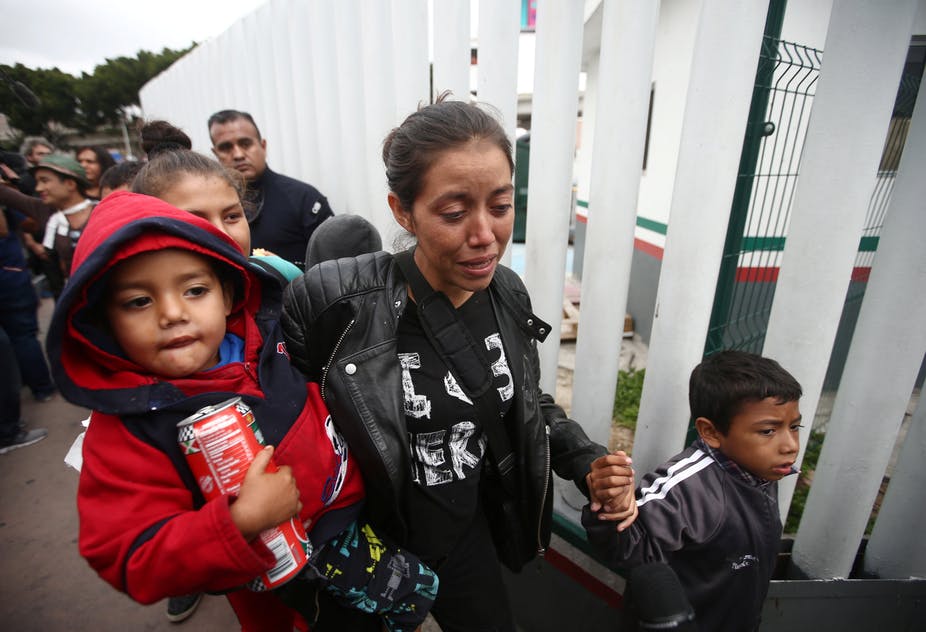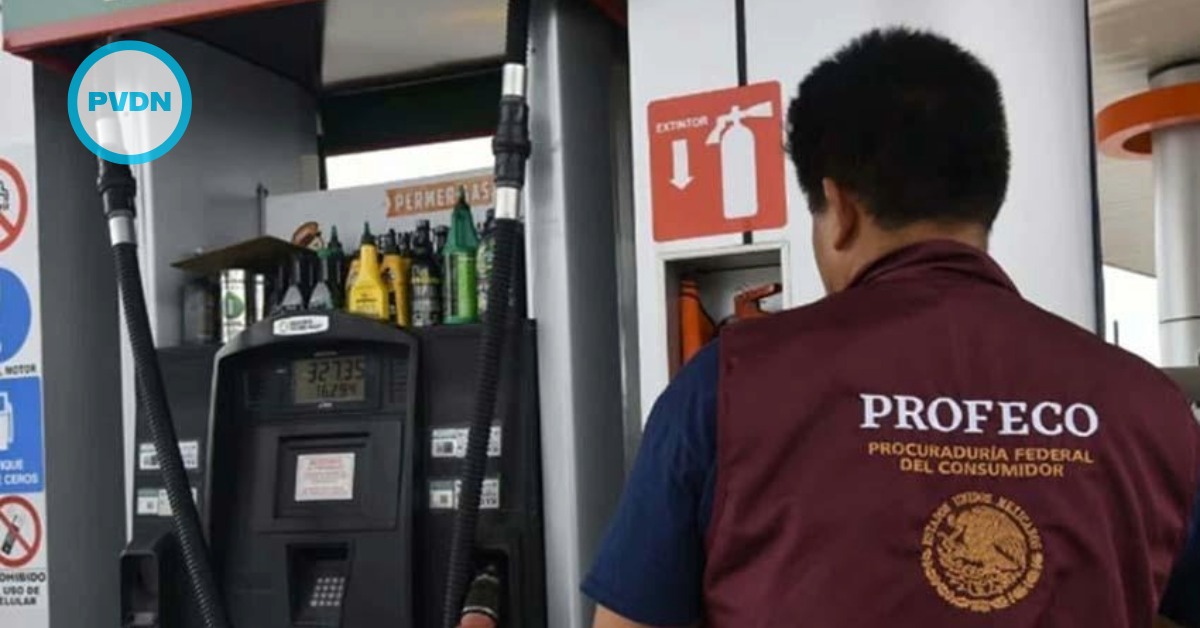The Central American migrants whose month-long journey northward across Mexico spurred President Donald Trump to attack them on Twitter have begun to enter the United States.
Some 1,500 Central Americans, most of them Hondurans, began their trip from Guatemala in early April. Traveling across Mexico by foot, train and bus, they moved together in caravan style for safety. Roughly 200 migrants stayed with the caravan until reaching the U.S.-Mexico border at Tijuana.
Central . . .






